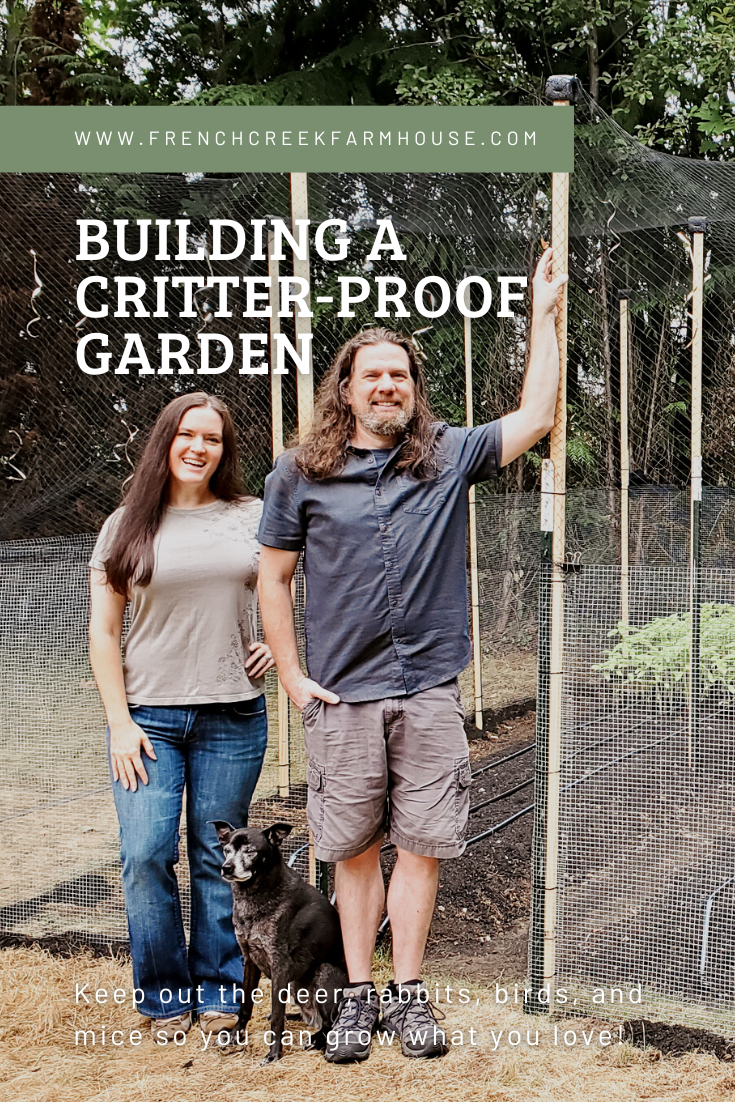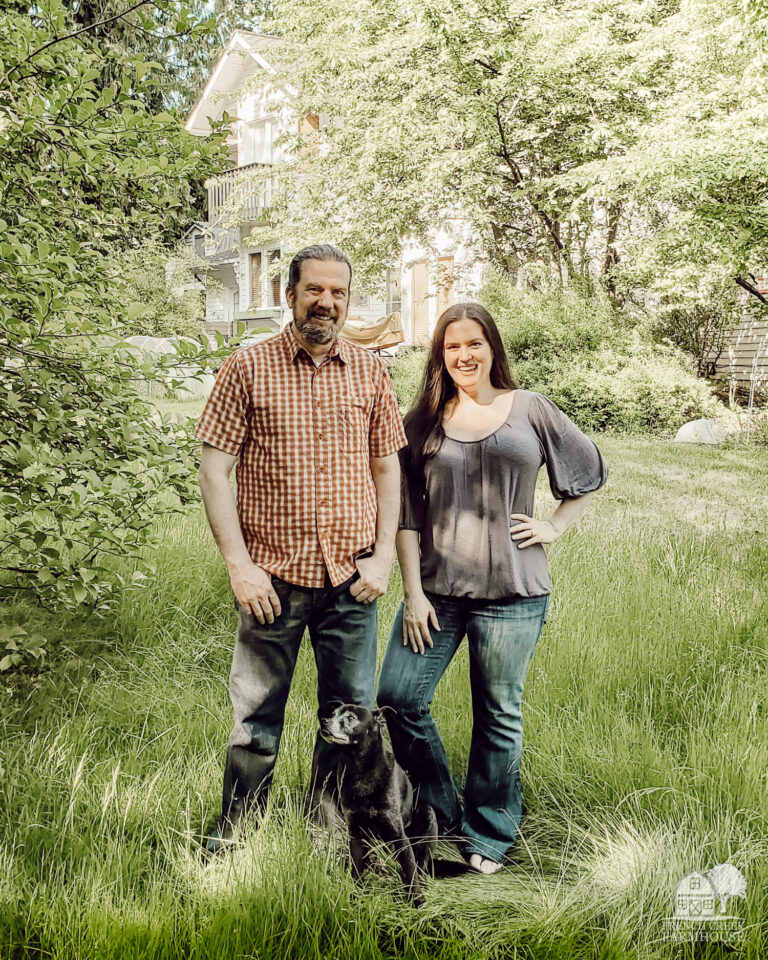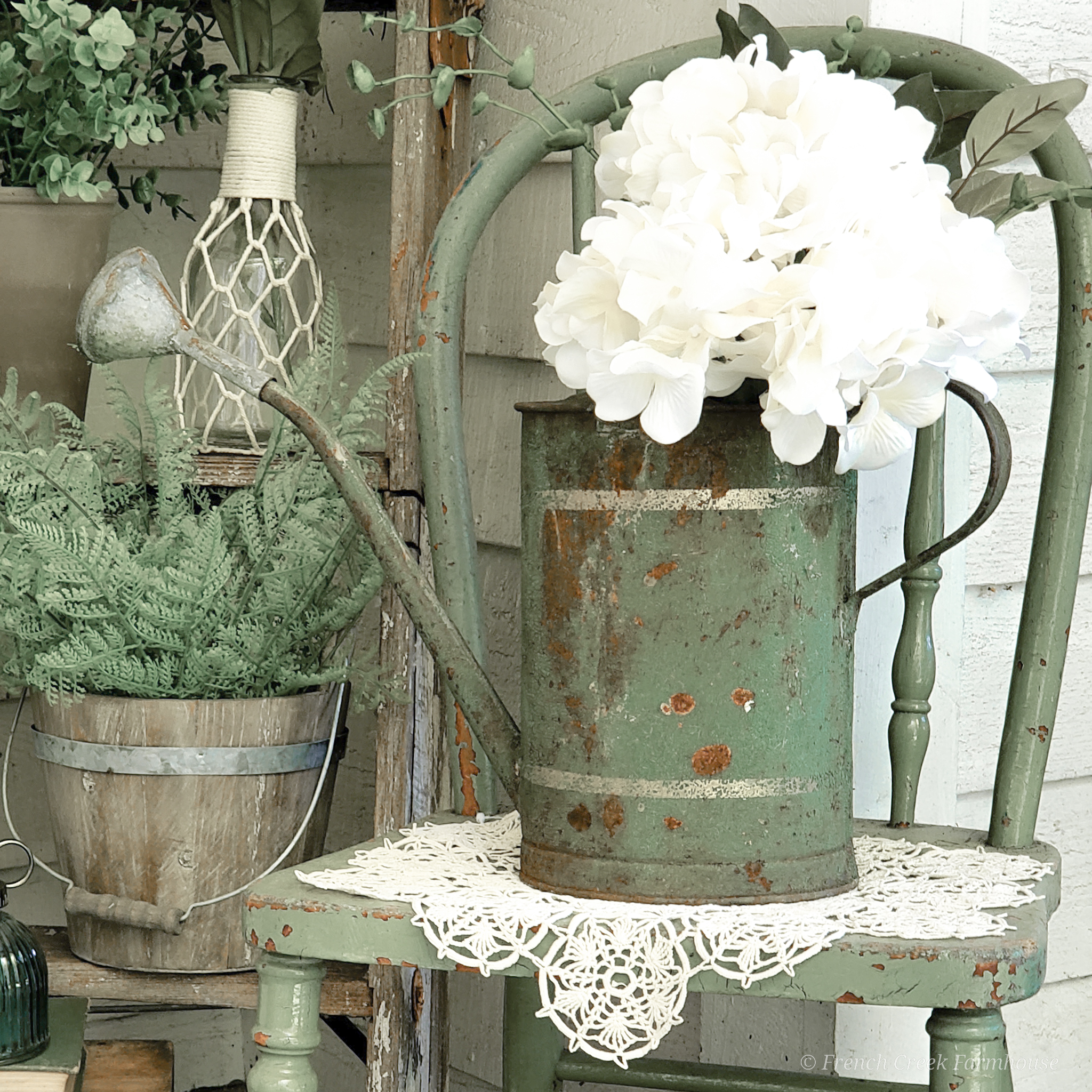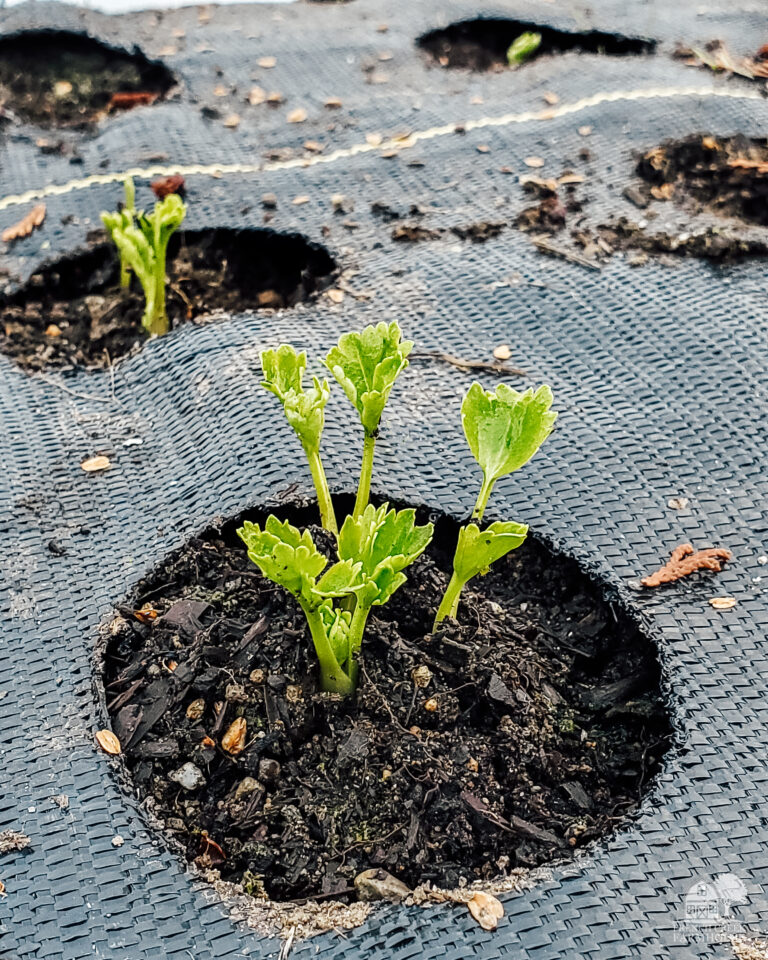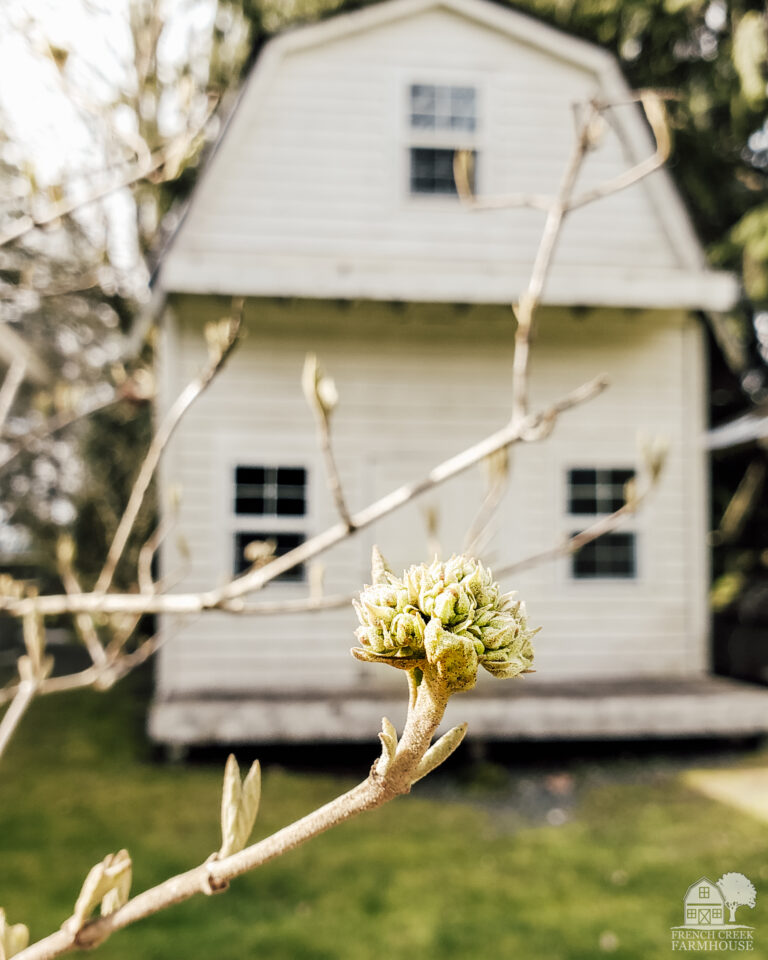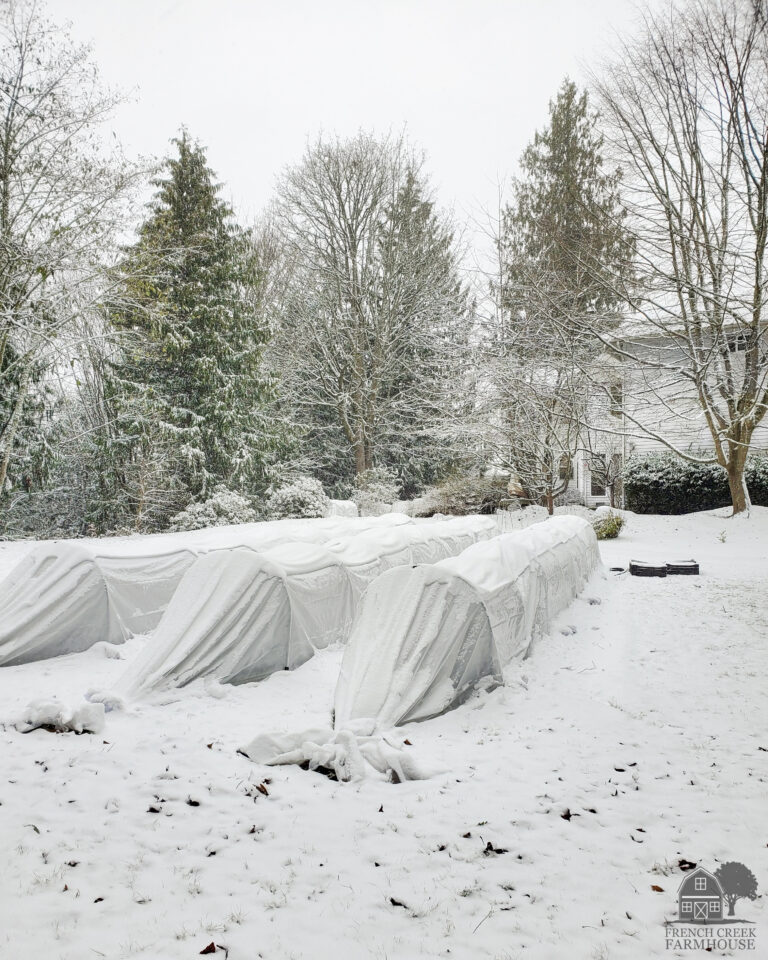Building a Critter-Proof Garden in 6 Days
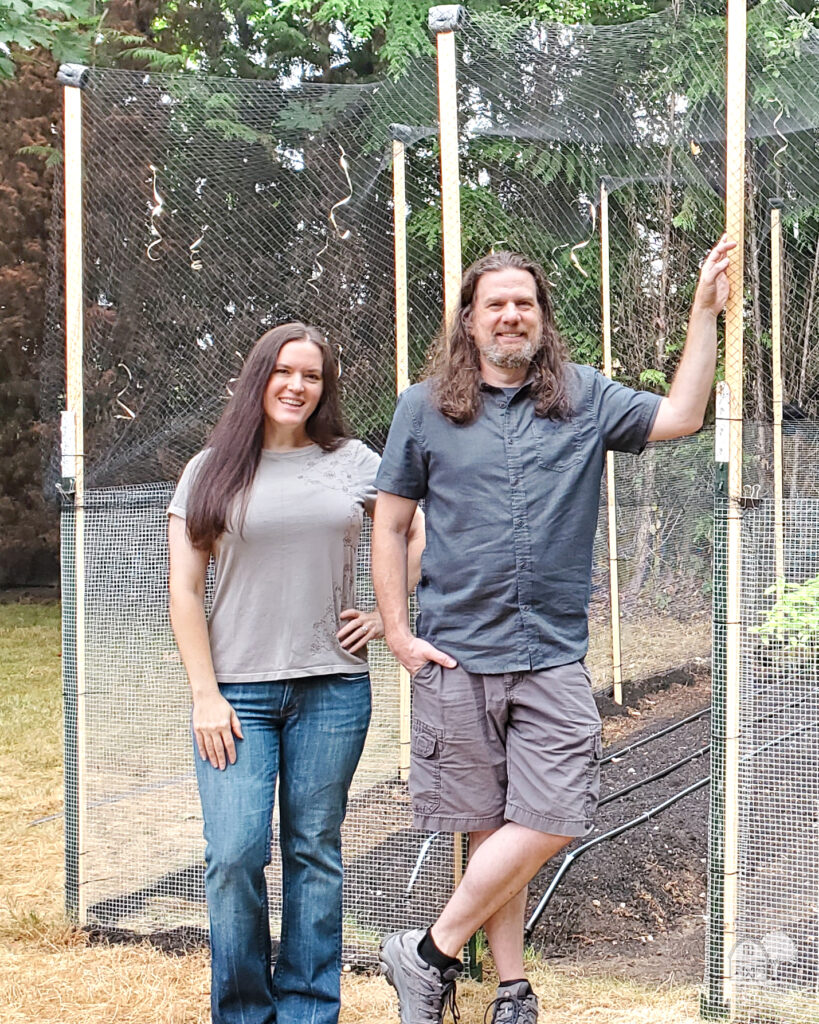
Deer, rabbits, and birds–oh my! And, don’t even get me started on the field mice. It’s time to critter-proof our garden and protect our sunflowers!
Last year was our first year growing sunflowers for our cut flower bouquets. I’d grown sunflowers at various times throughout my life as a gardener, but farming them was a different story.
We needed a consistent weekly harvest all season long, and because we’re growing on limited acreage, every stem counts!
After our first two plantings were destroyed by critters, we knew we needed to get serious about protecting this particular crop. So, we built some temporary fencing that helped us through the season…temporary being the operative word.
This year, we’re building an enclosed sunflower patch–a fully critter-proof garden–and showing you exactly how we did it!
You can watch the full episode on our YouTube Channel, or read on for the highlights of the project below.

Click here to subscribe to our channel, and never miss an episode!

Disclosure: This is not a sponsored post, and I have received no compensation for sharing anything that follows. Some links within this blog may be affiliate links, and I might earn a commission if you make a purchase through that link. This usually amounts to cents, not dollars, and helps to support the projects featured on this blog. I only recommend products from companies that I have found to be trustworthy. Read my full disclosure here.

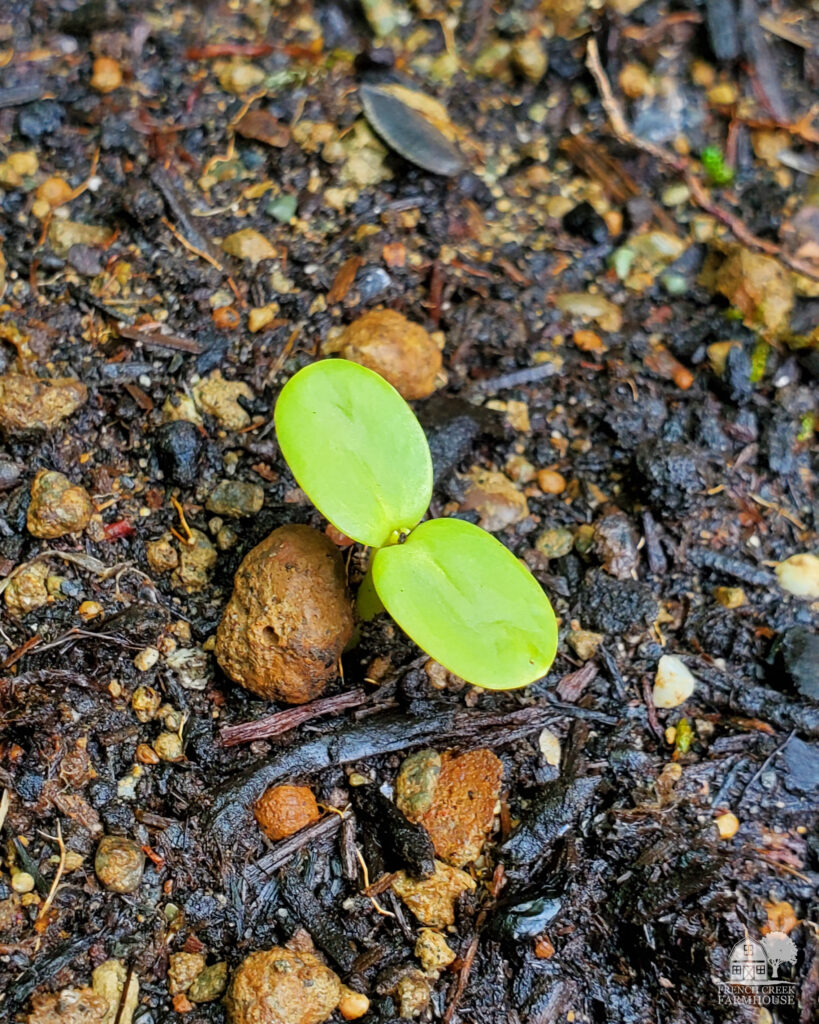
Who’s eating our seedlings??
Because sunflowers grow so easily here, we direct-seeded our beds last year. Like clockwork, the seeds sprouted, and we were on track for a beautiful season of blooms.
Then, the seedlings disappeared overnight.
I reseeded the area. We assumed that bunnies, or possibly deer, were the culprits, so we put 2×4 livestock fencing around the beds, thinking it would prevent the critters from getting to the seeds.
Wrong.
My second sowing was completely wiped out, as well. All that was left were teeny bits of green stems sticking out of the ground.
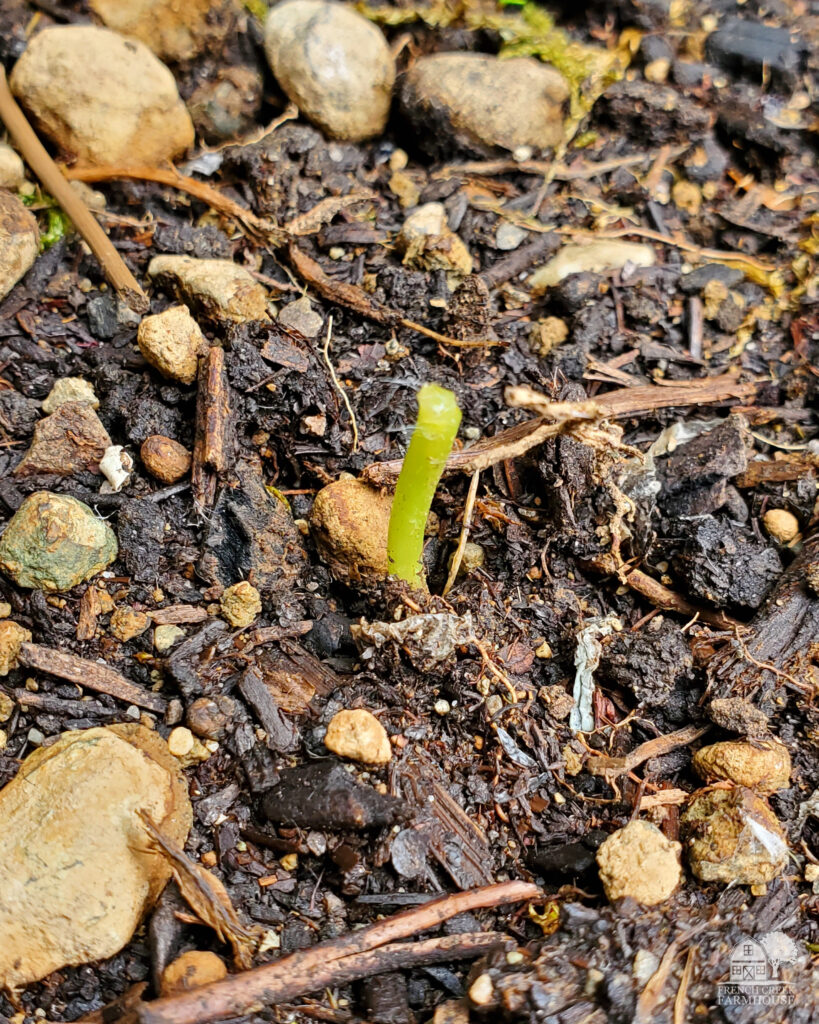
Now it was time to get serious about protecting our plants, so I reseeded again (now weeks behind schedule!) and covered the seeded area of the bed with an old window screen. Since we had fencing around the bed, we now assumed birds were to blame. With the mesh screen over the top, we felt certain we were safe.
Wrong again.
Rob put up our wildlife cameras in the beds. Within a day, we had the proof–field mice were walking right through our 2×4 fencing, crawling under the mesh screen, and having a buffet at night!
At that point, we added a layer of 1/2″ bird netting to our fencing so that they couldn’t just walk right in.
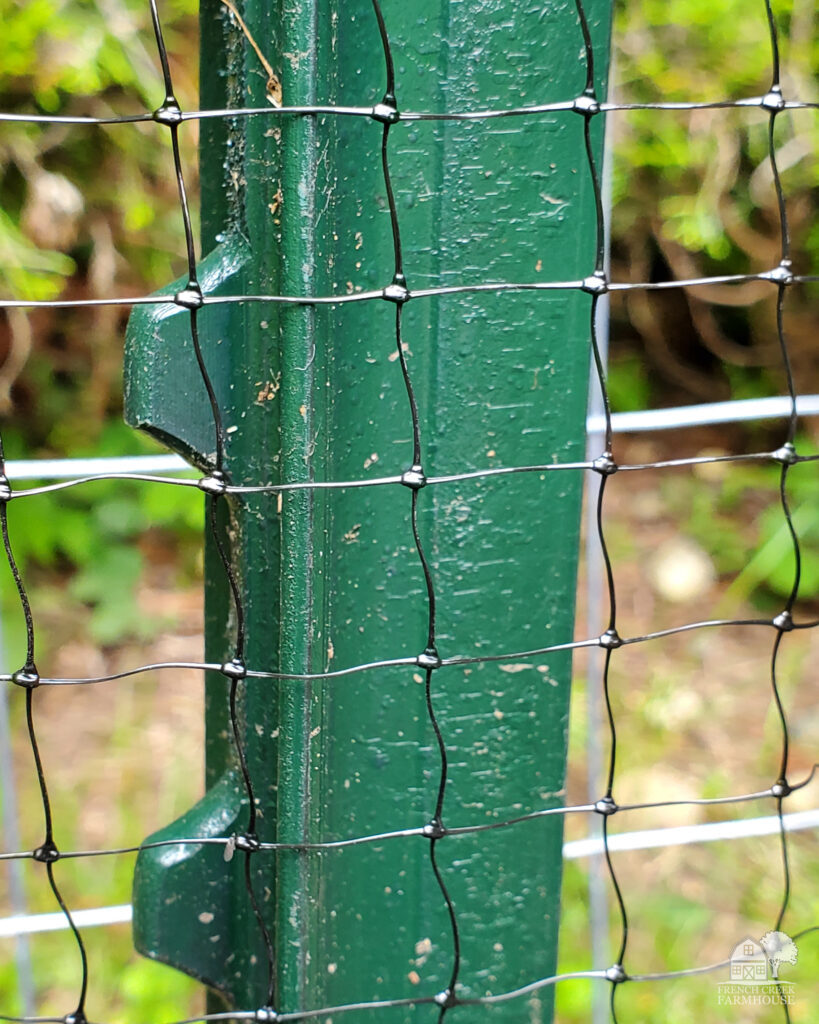
The cameras did catch mice still climbing up over the fence and birds flying in, but it reduced our losses. We ultimately extended the bird netting over the top of the beds as well to make a full enclosure, and we finally eliminated the problem completely.
Whew.
Making a Truly Critter-Proof Garden
After what we learned last year, we know that we have multiple critters to contend with when it comes to growing sunflowers. Deer, rabbits, field mice (aka voles), and birds all want to get at those tasty snacks.
This year, there are two big things we’re doing to make our critter-proof garden.
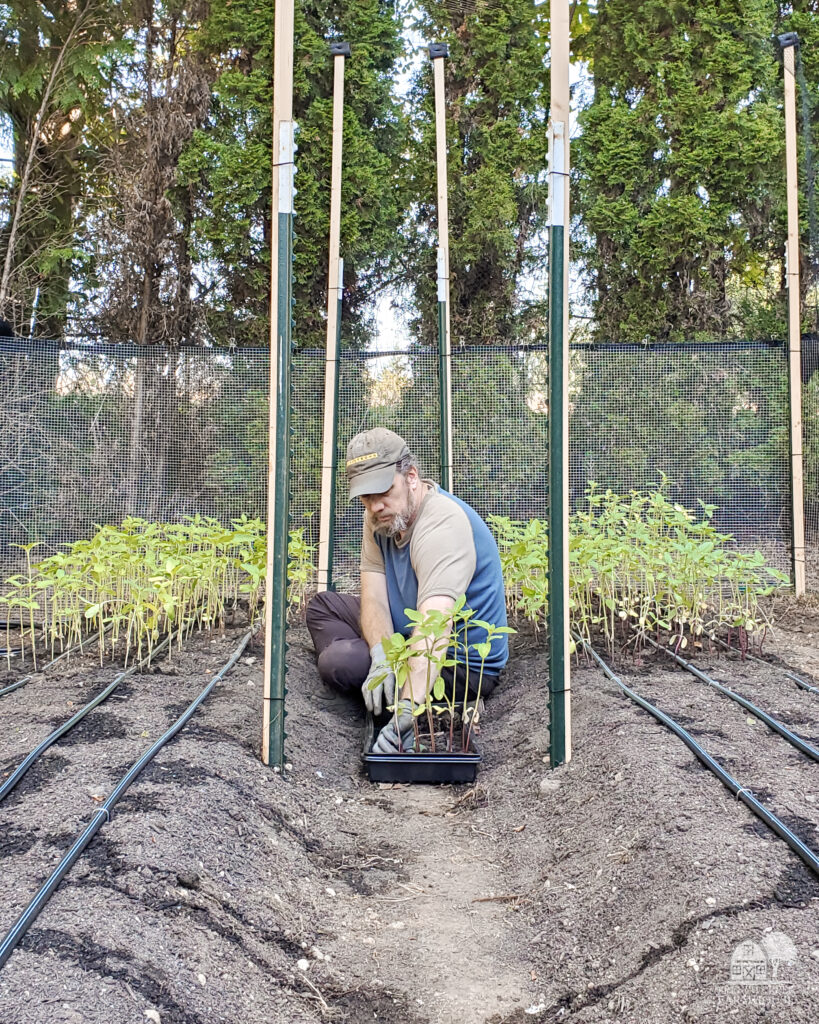
First, we now start all of our sunflowers indoors, then transplant out more mature seedlings. This method works better for us because we’re planting out small plants–not seeds that may or may not sprout, or be eaten before they even can sprout.
Second, we learned a lot about what sort of enclosure we need to protect our sunflowers, so we decided to rebuild the garden area–bigger and better–with that knowledge.
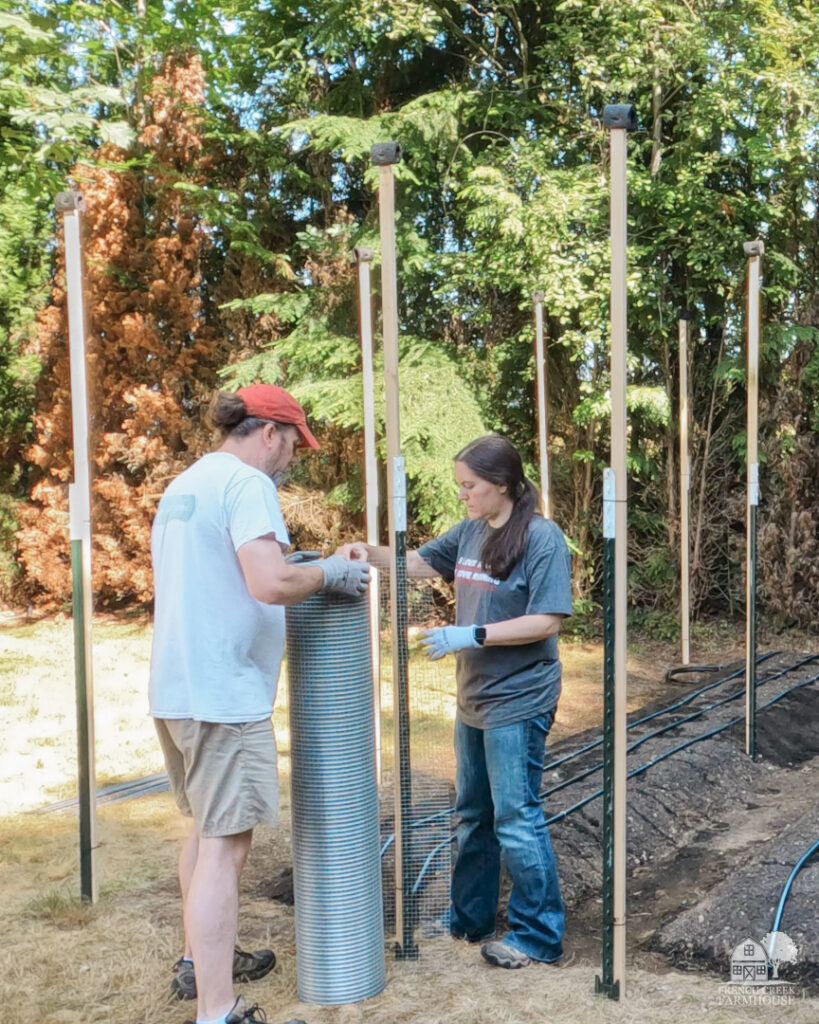
Building the Enclosed Garden Area
This year’s sunflower patch will allow us to harvest about 150 stems per week. That’s in comparison to the 50-75 that we did last year. You can grow a LOT of sunflowers in a pretty small area, and if you succession plant (as we do), you’ll have consistent blooms for months.
We started by driving T-posts to support our fencing. This is the least fun activity that we have to do on the farm because it’s very physically hard on the body. We currently do this manually using this tool, but that’s going to have to change next year. If you’re growing on a larger scale, I would strongly recommend you get yourself a gas-powered driver (like this one) to save yourself the aches and pains.
Next, we upgraded our fencing for the year. If you want a critter-proof garden, you gotta get serious about this.
Instead of the 2×4 livestock fencing we used last year, we went with 1/2″ hardware cloth. It’s a bit more expensive, but there’s no way critters can get through it, and we can still weed-whack right up to the fencing because it’s metal. That was a problem last year with the plastic bird netting lining the livestock fencing, so this investment is well worth it!
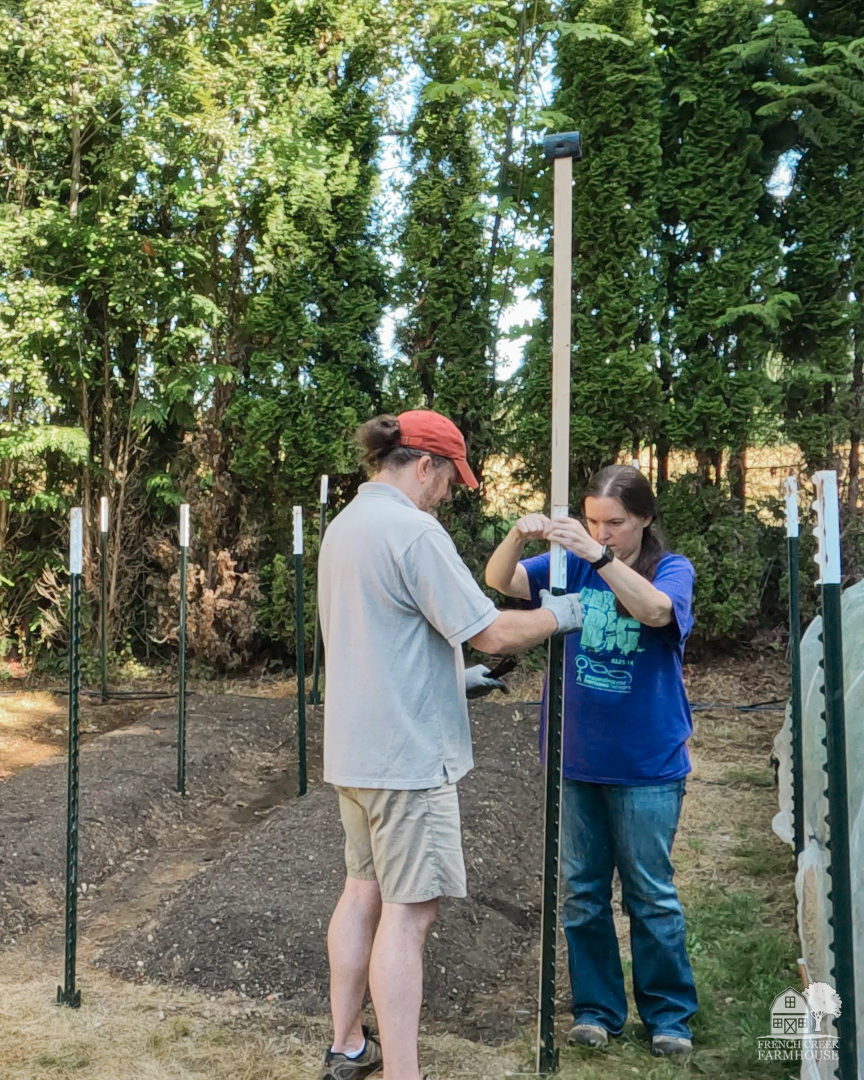
We still wanted to protect our sunflowers from the birds above, so we made the patch fully enclosed. We attached 1×2 boards in 8 foot lengths to the t-posts to support the bird netting over the top of the bed.
This is the same way we supported the bird netting last year. However, we found that the rough ends of the lumber caused the netting to rip over time, so this year we added short pieces of pipe insulation to the ends of the boards to hopefully prevent that issue. Only time will tell!
We also upgraded to a higher quality of bird netting, and we hope it will last longer.
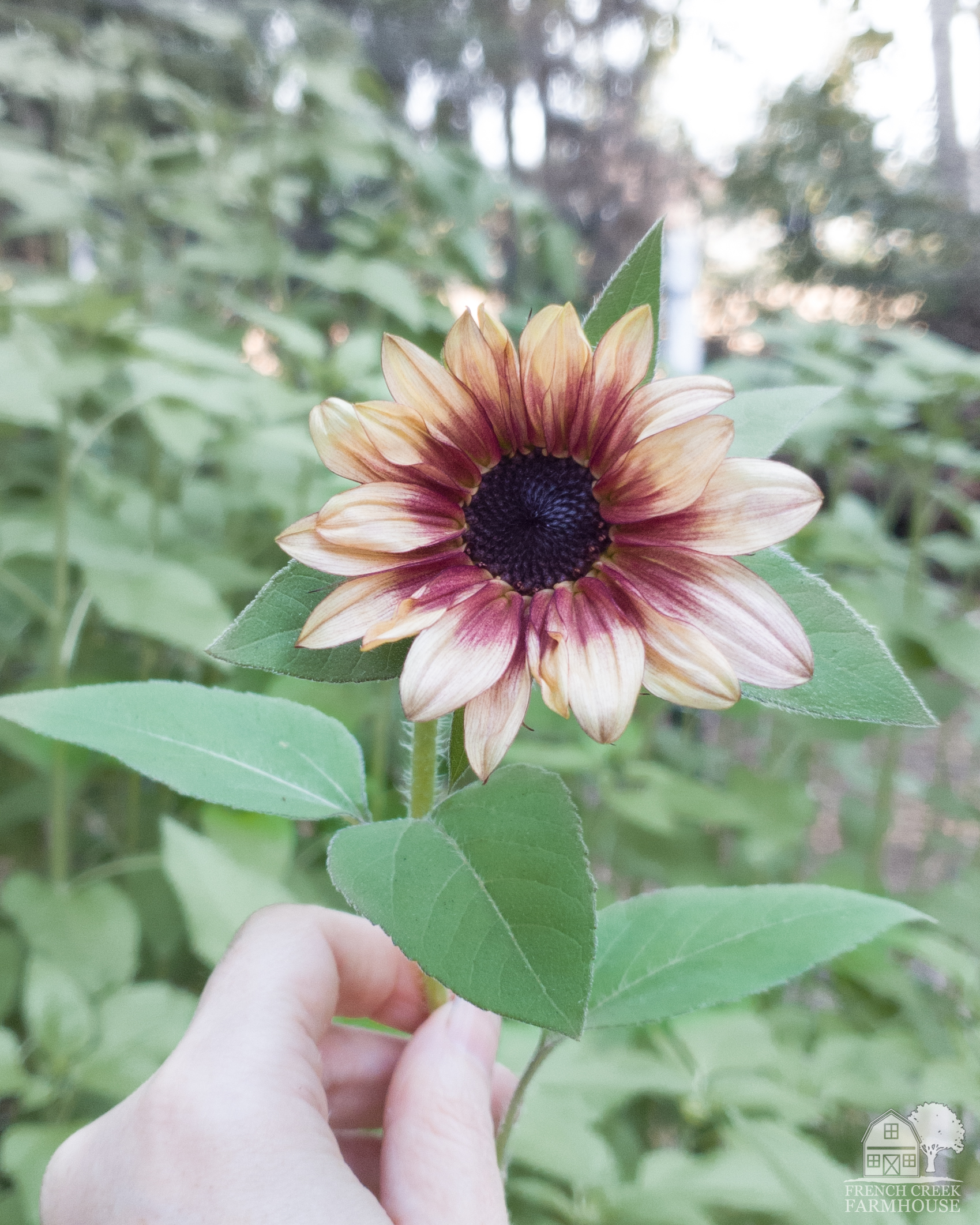
Six Days from Start to Finish
Some people might look at this project and wonder why it took six days to complete. Fair question.
The reason is simple–we intentionally spread the work out, tackling just a couple/few hours at a time in the early morning or late evenings rather than wearing ourselves out in the heat of the day.
This allowed us to fit the project into our other farm chores and not exhaust ourselves in the process. With my health issues, especially, this is a way we’ve learned to do farm work that makes it possible for me to manage my symptoms and still do what I enjoy.
But we think there’s a bigger lesson in all of this…
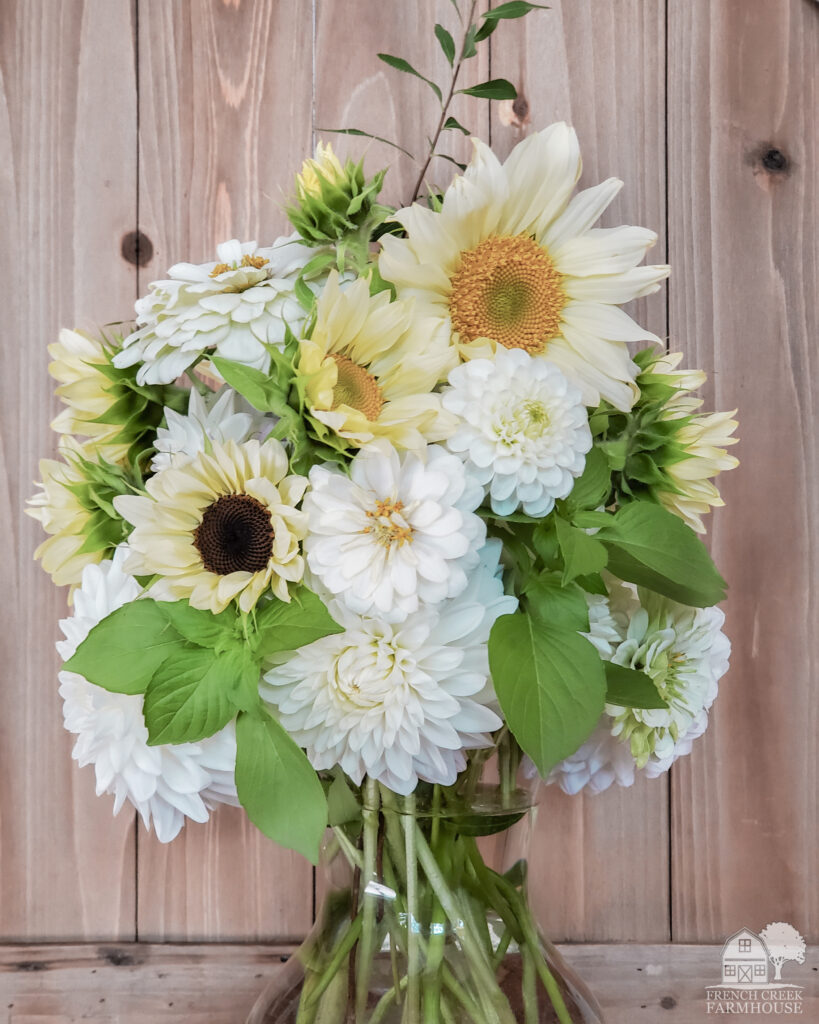
Little Becomes Much
Starting any big adventure comes with a lot of scary feelings. Uncertainty, doubt, fear. We have them all!
We address this part of our farming journey in our videos each week because managing our mindset is every bit as important (maybe even more so!) to growing our farm as the work itself.
A mantra for us is: Little becomes much when you act in faith.
What this means to us is that, when you have faith in your vision and take consistent small steps in that direction, it will add up to the big picture over time.
{ Related: Our Story of Going From Homestead to Farmstead }
You don’t have to do everything all at once when you’re going after a big dream or goal. Chunking down the work into something manageable, and then consistently working at it each day, is the way you ultimately bring your vision into existence.
Consistency is a challenge, though, because life is simply not linear. Things come up that get in the way, and you have to have some level of agility to stay on track.
Considering that we’re only two people trying to build an income-producing farm, this is a serious risk point for us. For example, if one person is sick, the other person just cannot do twice as much work to compensate.
There are some very practical ways that we’re working on consistency in the process of building our farm, and we break them down into more detail in this week’s episode. But the biggest moral of the story truly comes back to: Little becomes much when you act in faith.
If there’s something you’re dreaming of for your life–whether you want to build a farm, design your dream home, run a marathon, or anything you can imagine–don’t put it off waiting for the day when you can do everything all at once. Just take small steps, consistently, and start building the life you want to live now. We’re rooting for you!

Ready to dig in and grow something beautiful?
Get my Free Garden journal
Let’s be gardening buddies! Sign up to join our community, and get your free printable PDF Garden Journal. This is so good!

